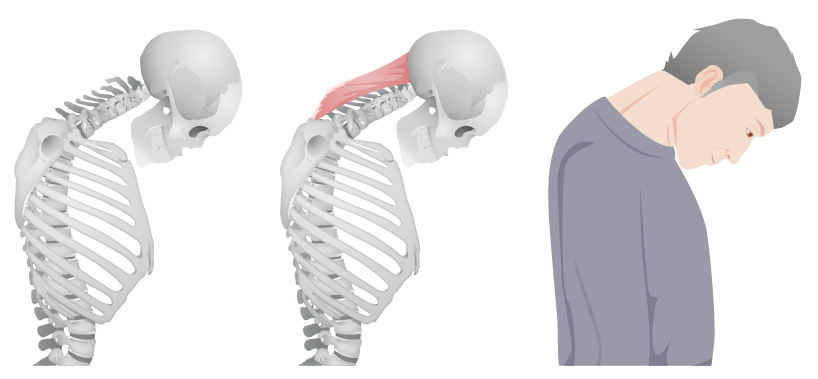Playlist
Show Playlist
Hide Playlist
Myopathy and Myositis: Diagnosis
-
Slides Introduction to Myopathy.pdf
-
Download Lecture Overview
00:00 First, we need to talk about some important terminology. What's a myopathy and what's a myositis? Well, a myopathy is any disease of the muscle. And this condition results from dysfunction of the muscle, a problem with contraction or atrophy loss of muscle. And some examples include skeletal muscle disorders. Most of our myopathies involve skeletal muscles. 00:24 This is different from a myositis. Myositis is inflammatory muscle disorder. So, it's an inflammatory myopathy, a disorder of the muscle that results from inflammation. This often occurs because of an autoimmune disease, either a circulating autoimmune disease that affects the muscle, or a primary muscle autoimmune condition. And some examples that we'll review are polymyositis and dermatomyositis. So, again, whenever we see a patient who is presenting with a possible muscle condition, who is presenting with a chief complaint for weakness we need to think of 3 things. What's the distribution? What are the sensory findings? And what's the reflex exam? For most muscle conditions, we see a pattern that is proximal more than distal and this is going to be true for our typical inflammatory myopathies or myositises, for some of our inherited disorders, Duchenne muscular dystrophy and limb-girdle muscular dystrophy. There are some important exemptions to that rule. And selected muscle disorders have a more distal than proximal pattern and this includes inclusion body myositis and several other muscle conditions. The sensory exam should be normal. The reflexes are often normal to decreased. And importantly, we don't see bulbar findings. Many of our assessments include the nerve conduction study or an EMG, electromyography, and we often see myopathic findings, decreased motor units with normal or early recruitment. And we're going to talk a little bit more about the nerve conduction velocity study and electromyography in our lecture on peripheral neuropathies.
About the Lecture
The lecture Myopathy and Myositis: Diagnosis by Roy Strowd, MD is from the course Acquired Neuromuscular Diseases.
Included Quiz Questions
What are the three most important questions in the history and physical examination that should be addressed in the examination of a patient whose chief complaint is weakness?
- What's the distribution? What are the sensory findings? What does the reflex exam show?
- What's the travel history? What are the vital signs? What are the sensory findings?
- When did the symptoms start? What does the reflex exam show? What makes the weakness worse/better?
- What are the vital signs? What are the sensory findings? Is the weakness symmetrical?
- Does it improve with anti-inflammatory medications/NSAIDS? Is the weakness worse in the morning? Does exercise help?
Customer reviews
5,0 of 5 stars
| 5 Stars |
|
5 |
| 4 Stars |
|
0 |
| 3 Stars |
|
0 |
| 2 Stars |
|
0 |
| 1 Star |
|
0 |





